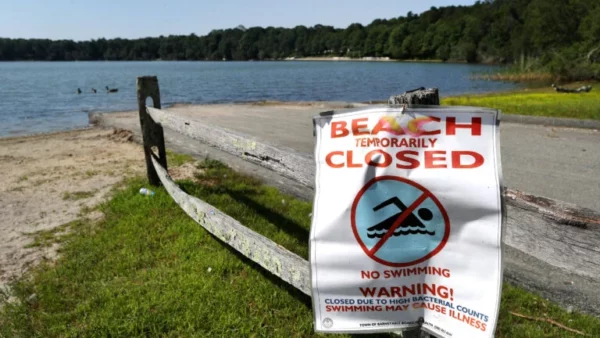Cleaning Up Lake Champlain
Vermont’s most iconic lake is under threat. Unchecked pollution damages its health and habitats, causes toxic algae outbreaks, contaminates our drinking water, and trashes our beaches – harming the people and wildlife that call this community home.
CLF in Action
As advocate, convener, and watchdog, the Lake Champlain Lakekeeper® plays a unique role in the protection and restoration of Lake Champlain. Our Lakekeeper is on the ground in communities across the state:
- Building a stronger local presence and voice for Lake Champlain by educating the public about the lake’s value and the threats it faces.
- Advocating for policies and solutions to water pollution and other threats made worse by extreme storms, flooding, and increased water temperatures.
- Ensuring that the lake and its surrounding natural spaces are fully protected under the Clean Water Act and other laws.
- Acting as the lake’s “eyes and ears” by getting on the water in our Lakekeeper vessel to guard against illegal pollution, monitor the lake’s health, and educate stakeholders.
CLF’s years of work to restore Lake Champlain to health are now paying off. In the two decades since the first Lakekeeper launched their boat onto the water, we have helped secure stronger and expanded protections against polluted stormwater runoff and more stringent limits on the amount of phosphorus pollution that can be discharged into the lake. We also helped to pass sweeping legislation aimed at cleaning up pollution in Lake Champlain and statewide.

What’s at Stake
The sixth-largest body of fresh water in the United States, Lake Champlain is one of New England’s treasures. Over half the lake – which encompasses 8,234 square miles – is in Vermont, and many rivers and streams in Vermont, New York, and Québec drain into it. Lake Champlain also boasts a rich diversity of wildlife, supports a vital recreation economy, and provides drinking water to 145,000 people.
This treasured lake is not healthy, however. Stormwater and phosphorus pollution trigger blue-green algae (cyanobacteria) outbreaks during the warm summer months, forcing lakeside beaches to close. Rising temperatures due to climate change will only make these outbreaks worse. Climate change also threatens the lake and those who depend on it in other ways, including through more frequent flooding from increased rainfall. These floods spill over riverbanks, inundate streets, damage homes and businesses, cause sewage overflows, and drown farms. They also wash oil, plastic, manure, and other pollutants into the lake.
Plastic pollution, especially dock foam, has also become an increasing concern.
CLF’s Lakekeeper is pushing to make progress on this breadth of issues, engaging with the public, and pushing for new policies to restore Vermont’s iconic lake to health.
Click here to explore the Lake Champlain Basin Programs’ interactive Lake Champlain Basin Atlas.
Click here to learn more about reducing phosphorus pollution in Lake Champlain.




